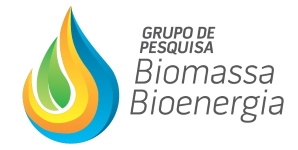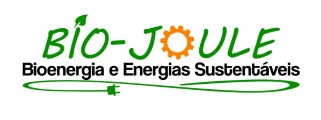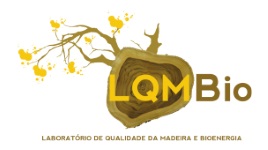INTEGRATION OF BIOETHANOL AND BIODIESEL PRODUCTION FROM BIOGAS: ENVIRONMENTAL ASPECTS AND DISTRIBUTED ENERGY GENERATION
04 - Biogas
 1 DANILO HERCULANO DA SILVA, 2 BRUNA DE SOUZA MORAES, 1 MELISSA VALIENTE DE LUCA
1 DANILO HERCULANO DA SILVA, 2 BRUNA DE SOUZA MORAES, 1 MELISSA VALIENTE DE LUCA
1 ENERGY SYSTEMS PLANNING/FACULTY OF MECHANICAL ENGINEERING. UNIVERSITY OF CAMPINAS (UNICAMP), CAMPINAS, SP, BRAZIL
2 INTERDISCIPLINARY CENTER OF ENERGY PLANNING (NIPE)/ UNIVERSITY OF CAMPINAS (UNICAMP), CAMPINAS, SP, BRAZIL
Brazil stands out as one of the largest producers of bioethanol and biodiesel, meeting the great demand in the country mainly in the transport sector. However, along with the production of such biofuels there is the generation of large volumes of waste as vinasse and glycerin. The objective of this study is to determine the theoretical energy potential generated by the anaerobic digestion (AD) of vinasse and anaerobic co-digestion (AcoD) of glycerin and vinasse, in order to meet the population's demands of cities where the plants of biofuels are located and reduce the concentration of carbon dioxide in the atmosphere. In this article, we present the literature review that gives information about the energy generation potential of vinasse and glycerin and we selected an autonomous bioethanol plant and a biodiesel plant, located in the cities of Santa Bárbara do Oeste (SP) and Sumaré (SP), in Brazil, to determine the proposed potential energy. The results showed that the bioethanol plant generates a large volume of 180,000 m³ month-1 of vinasse, presenting has a high potential for the production of biogas and energy which when converted into the biological process of AD. Due to the large volumes, part of the vinasse generated of 11,880 m³ month-1 by the bioethanol plant could be made available to the biodiesel plant aiming at co-DA with glycerin. The biodiesel plant generates a smaller volume of glycerin when compared to the vinasse, however, the mixture in an ideal proportion, obtained in the present study, proved to be an excellent alternative for energy generation because of the high concentration of organic matter present and better biogas yield. We observed that vinasse and glycerin, being substrates for the biological process in question, are viable for biogas production, generating 1,597,140 m³ of month-1 in AD and 243,777 m³ of month-1 in AcoD rich in methane, and subsequently 10,975,694.4 MJ (3,048,804 kWh) month-1 and 1,675,263.3 MJ (465,351 kWh) month-1 in electric energy to meet a portion of the population considered. In the environmental aspect, we estimate that by taking advantage of the aforementioned wastes in the generation of energy there we would have a reduction of carbon in the atmosphere. We concluded that both vinasse and glycerin are promising as an alternative for the integration of the bioethanol and biodiesel plant in the generation of energy from the anaerobic biological process.
Keywords: biomass; vinasse; glycerin; bioenergy
Acknowledgments: The authors would like to thank Capes (Coordination for the Improvement of Higher Education Personnel) for the financial support.

























